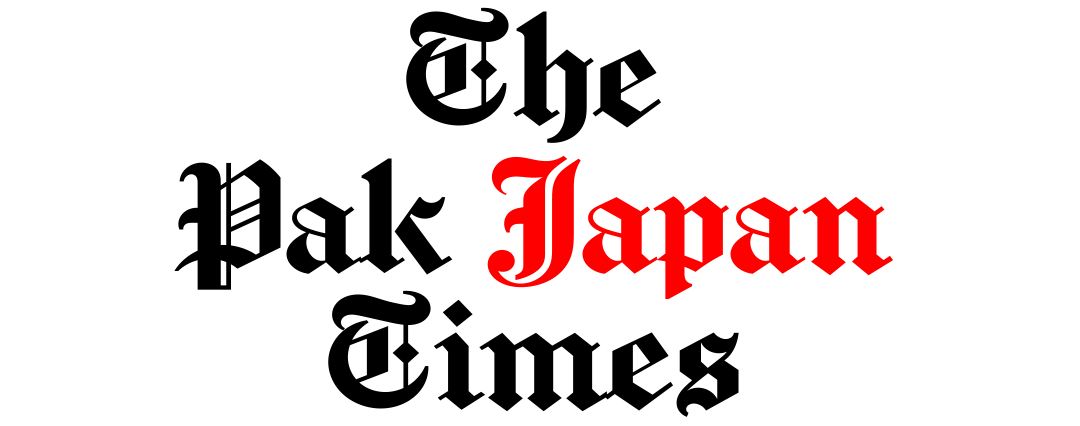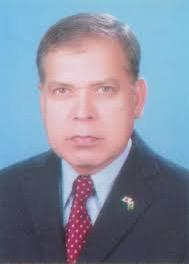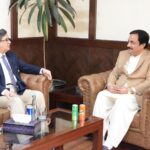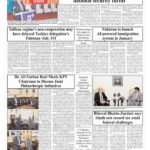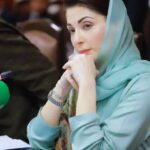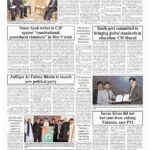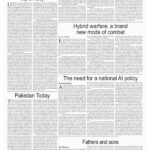By. SYED FEROZ ALAM SHAH
ADVISOR BOARD OF INVESTMENT (T.I)
When the current Shehbaz Sharif government took charge, Pakistan was grappling with high inflation, dwindling foreign reserves, and a fragile investor climate. The economic road ahead was steep, but in the span of this administration, several key policy moves have restored a measure of stability and optimism in the economy.
One of the government’s most notable successes has been its ability to avert a full-blown balance-of-payments crisis. Swift negotiations with the International Monetary Fund (IMF) secured a critical bailout package, unlocking further financing from friendly countries and multilateral institutions. This injection of confidence prevented a sovereign default and stabilized the currency, allowing the rupee to recover from record lows and restoring some purchasing power to ordinary citizens.
Fiscal discipline has been another hallmark. The government implemented revenue-enhancing measures through targeted tax reforms, broadening the tax base and improving collection efficiency. The Federal Board of Revenue (FBR) posted record tax revenues, enabling the government to reduce the fiscal deficit without resorting to excessive borrowing. Debt restructuring agreements further eased repayment pressures, giving breathing room to the economy.
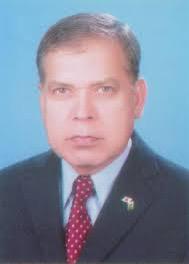
On the industrial front, the Shehbaz administration focused on revitalizing large-scale manufacturing. The textile sector, Pakistan’s largest export earner, received policy support in the form of subsidized energy rates and export incentives. As a result, textile exports surged, while diversification efforts in IT services, pharmaceuticals, and engineering goods gained momentum, helping Pakistan reduce its dependence on a narrow export basket.
Agriculture, the backbone of the rural economy, also witnessed significant gains. Government-backed initiatives improved access to quality seeds, fertilizers, and modern irrigation techniques. Record wheat and rice harvests not only boosted farm incomes but also reduced reliance on costly imports.
Energy sector reforms have been central to the administration’s growth agenda. Projects to enhance renewable energy capacity, coupled with better management of existing plants, reduced power outages in key industrial zones. The government also fast-tracked several infrastructure projects, from highways to logistics hubs, improving connectivity and lowering transport costs for businesses.
The IT sector, often seen as a high-growth frontier, received special attention. Streamlined export procedures, digital skills training, and startup-friendly policies spurred a rise in IT exports, attracting interest from international investors and creating thousands of jobs for young professionals.
Social welfare programs expanded under Shehbaz Sharif’s tenure. The Benazir Income Support Programme (BISP) saw increased funding, providing crucial relief to low-income families amid inflationary pressures. Investments in healthcare and education, though constrained by fiscal limits, targeted underserved regions to ensure more equitable development.
Trade diplomacy has also been a quiet success. The government worked to secure better market access for Pakistani goods, negotiating trade facilitation agreements and pushing for tariff reductions in key export destinations. These efforts complemented domestic reforms, creating a more competitive environment for exporters.
Perhaps most importantly, the Shehbaz Sharif government restored a degree of predictability and stability to economic policy-making. Frequent policy reversals and ad hoc measures had long been a bane for businesses; this administration’s relatively consistent approach has helped rebuild private sector confidence.
While challenges remain—particularly in curbing inflation and generating enough jobs for a growing population—the achievements in stabilizing the macroeconomy, revitalizing exports, and strengthening the industrial base are significant. The road to sustainable growth is still long, but the progress made so far suggests that the Shehbaz government’s policy direction is broadly on the right track.
In a political landscape often dominated by short-term point-scoring, the government’s ability to focus on medium-term reforms marks a welcome shift. If sustained, these policies could lay the groundwork for stronger, more inclusive growth in the years ahead—a legacy that may well define Shehbaz Sharif’s current term.
